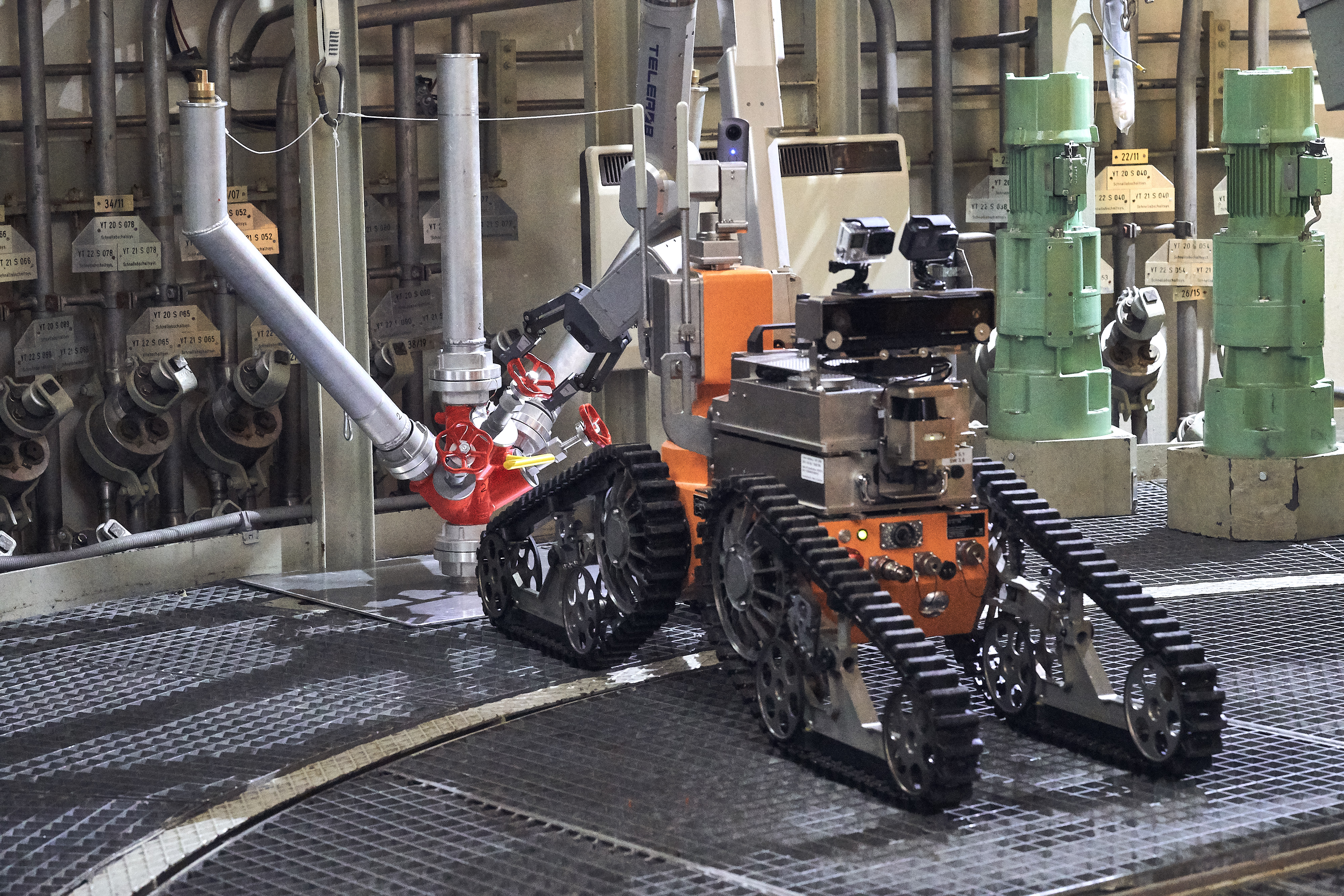An accident occurs at a nuclear power station. There was an explosion near the reactor. What is the current situation in the building? Is it in danger of collapse? Has radiation leaked? Using people to clarify these time-critical questions is out of the question. Sending them into such a precarious environment would be far too dangerous. In scenarios like this, everything depends on them, robots! But are they really up to the task? At the »European Robotics Hackathon (EnRicH)« research bodies, universities, industry partners, and users have the opportunity to find out.
Robots practice for nuclear emergencies
European Robotics Hackathon (EnRicH)
Task
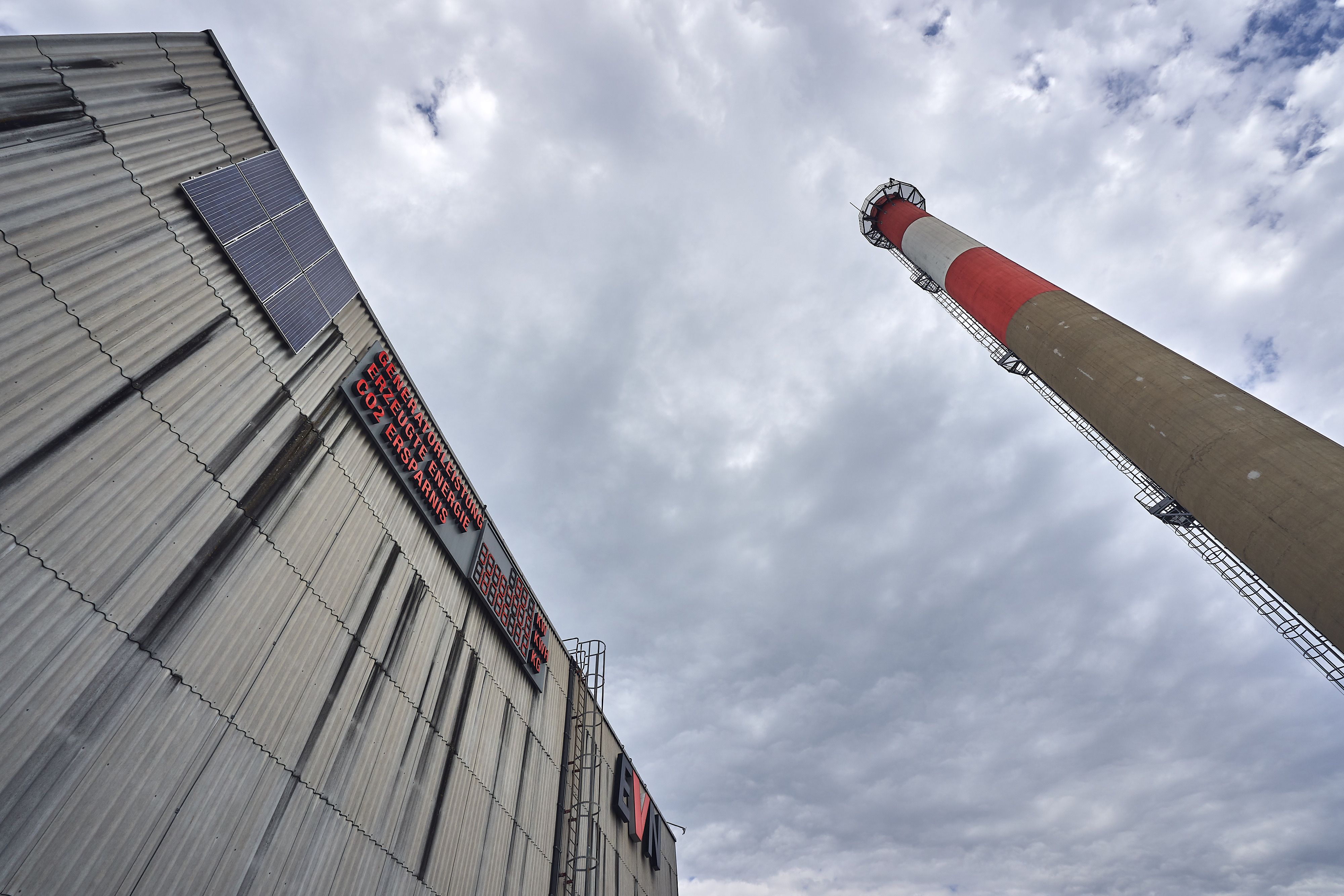
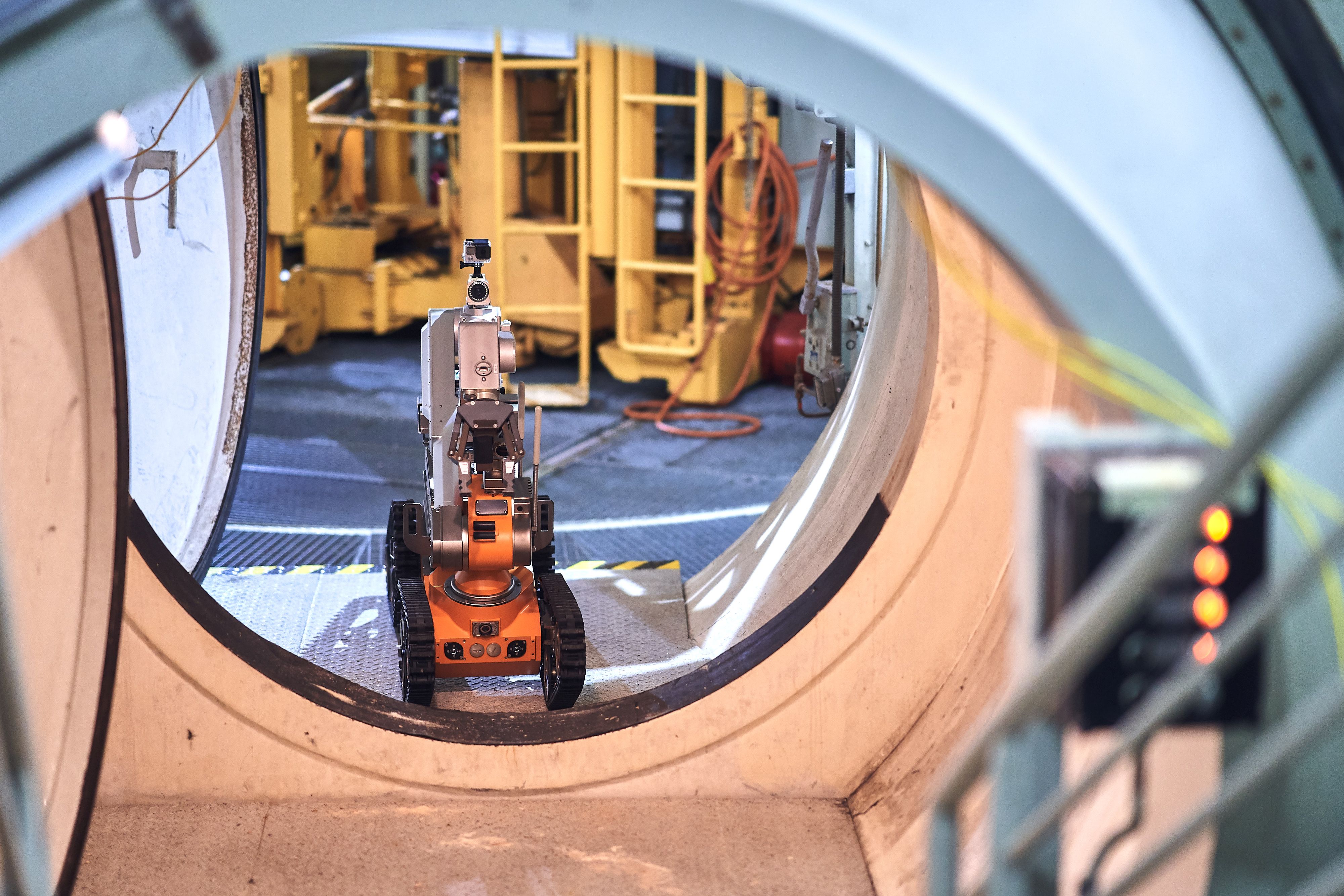
The Chernobyl nuclear catastrophe in April 1986, which a current TV series is bringing back to public memory in vivid imagery, and the accident in Fukushima 25 years later, in March 2011, have made one thing clear: there is no such thing as absolute safety with nuclear power. Despite decades of experience and constantly developing technologies, accidents can occur at any time in any nuclear power plant with potentially devastating consequences for both people and the environment.
In addition to sometimes obsolete plants, natural disasters and the incalculable human factor, the situation has been exacerbated by the rising threat of terrorist attacks. The list of incidents in nuclear facilities in Europe is already long – nearly 40 since the year 2000 (status: 2021).
Yet support from robots is needed not only in the event of a major disaster, but also for the orderly decommissioning of old nuclear facilities and dismantling of temporary storage facilities. »The application scenarios for robotic systems in the field of CBRNE are very real, yet surprisingly little concrete research has been conducted in this direction so far,« says Dr. Frank Schneider, the deputy head of the Cognitive Mobile Systems department at the Fraunhofer FKIE. To provide an opportunity to test the current state of research and technology in real-world deployment scenarios, he initiated the »European Robotics Hackathon (EnRicH)« in 2017 in cooperation with the Austrian Army's Armaments and Defence Technology Agency (ARWT).
Real disaster scenarios
Since its inception, the competition has taken place every two years at the Zwentendorf Nuclear Power Plant near Vienna. The nuclear power plant is of the same type as the one involved in the Fukushima disaster. However, its commissioning was blocked by a referendum in 1978, shortly after it was completed.
The nuclear power plant, which never went into operation, thus offers the ideal venue for realistic tasks based on real-world scenarios of past nuclear accidents. »EnRicH is also the only competition in Europe where people practice with real radiation,« says ARWT director general Michael Janisch, underscoring another special feature of the hackathon his office has made possible.
Methodology / Approach
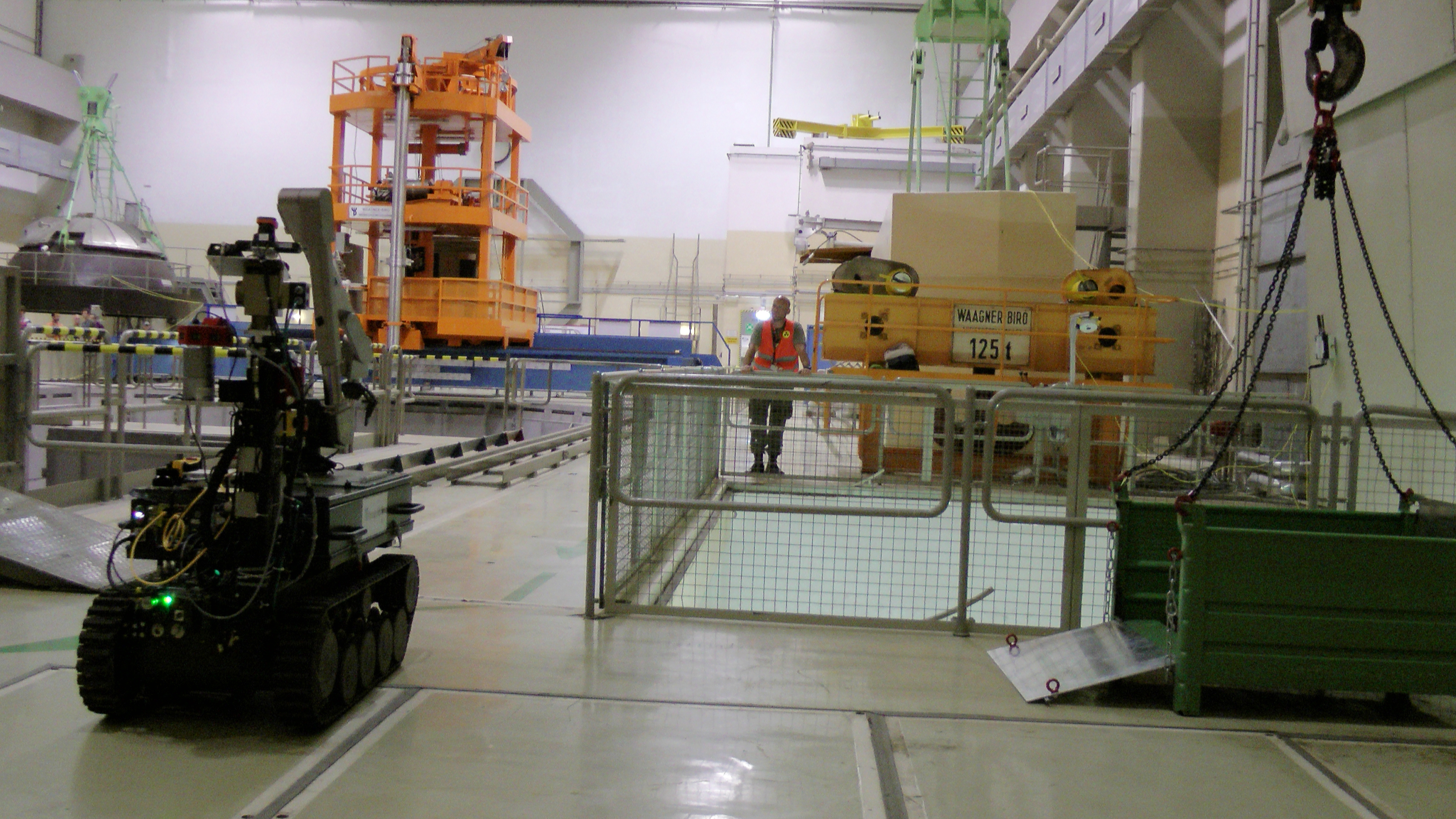
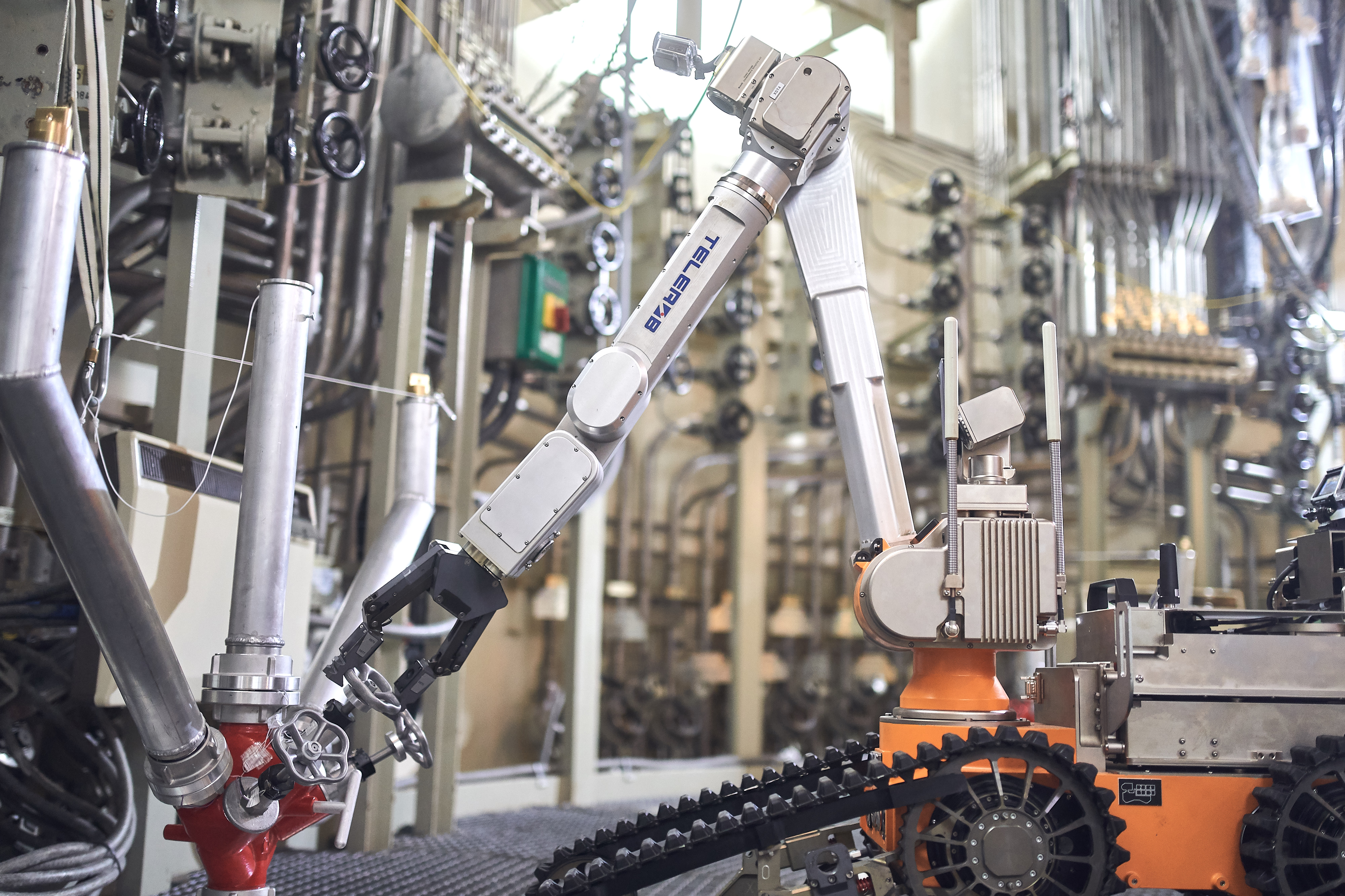
True to the spirit and ethos of a hackathon, the event sees itself less as a competition and more as a collective exercise that offers the international robotics elite and nuclear experts the opportunity to network, exchange information on the latest developments and advancements and compare different approaches to solving demanding, realistic tasks.
Nevertheless, the event is organized like a competition. The participating teams can enter and compete in different disciplines. The teams are called upon to perform tasks in the fields of Exploration – reconnaissance and highly precise mapping of infrastructure including measurement and mapping of leaked radiation – Manipulation, and Search & Rescue.
Challenging tasks at a height of 40 meters and into the heart of the reactor
Exciting scenarios are on the agenda in every category. The first edition of EnRicH took place on the reactor level at a height of 40 meters, for instance. To get there, the robots – some of which weighed in at more than a metric ton – first had to be lifted by crane, a formidable challenge.
And at the second edition of EnRicH, in 2019, a total of ten international teams and their robots were also severely put to the test. This time, although the obstacle course was on the ground floor of the nuclear power plant, it included the reactor area and even extended into it.
Here, too, the characteristic features of a nuclear power plant demanded a great deal of skill from the teams and the robots alike. Problems included lack of light, narrow corridors and doors, steep stairs and massive concrete walls, which made any kind of radio communication extremely difficult.
In the true hackathon spirit, the participants once again took it as a sporting challenge. After the first test runs without active sources of radiation, the pit lanes where teams and their robots were positioned were a scene of heated discussion, programming and fine-tuning to get software and equipment ready for the actual competition.
Results / Outlook
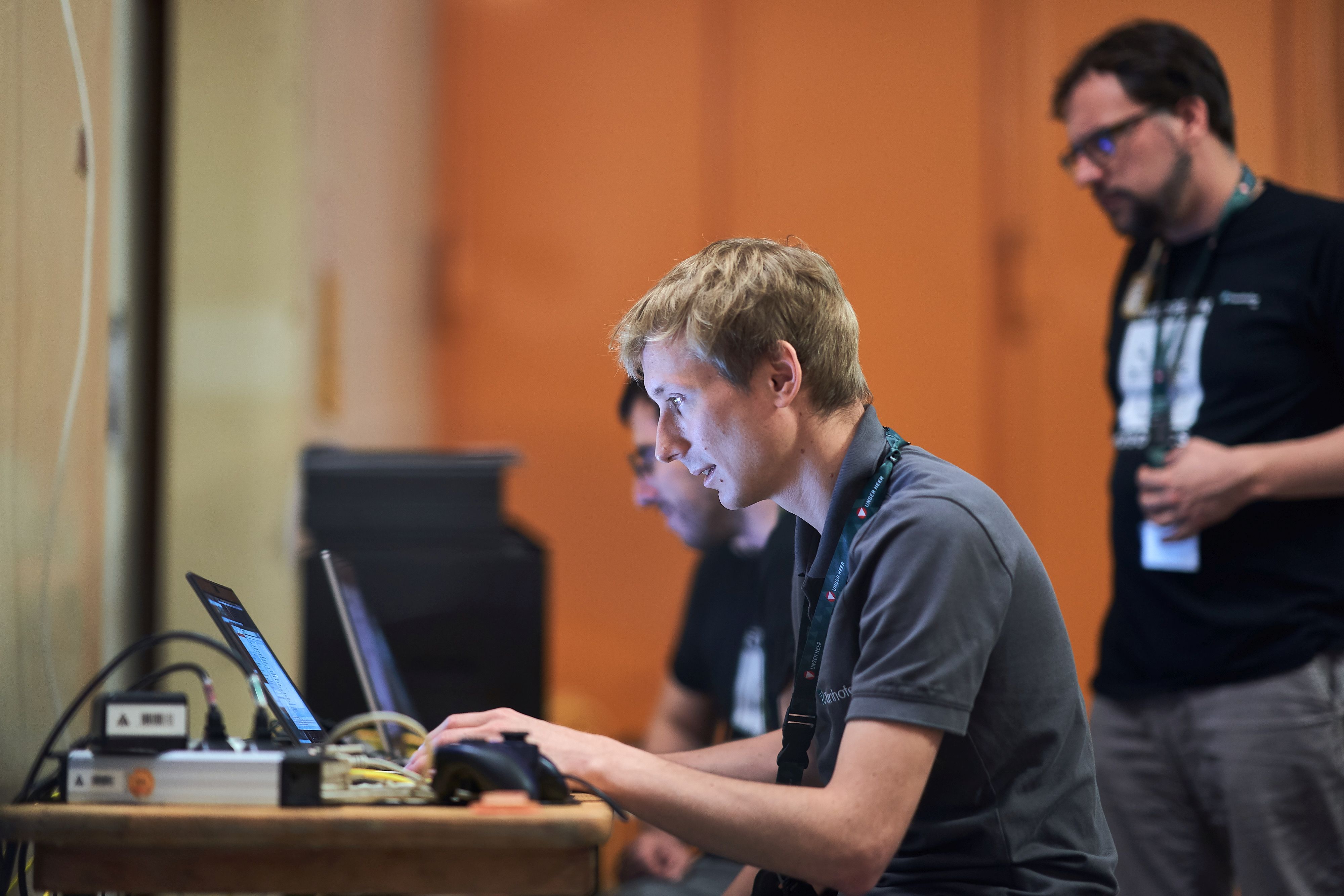
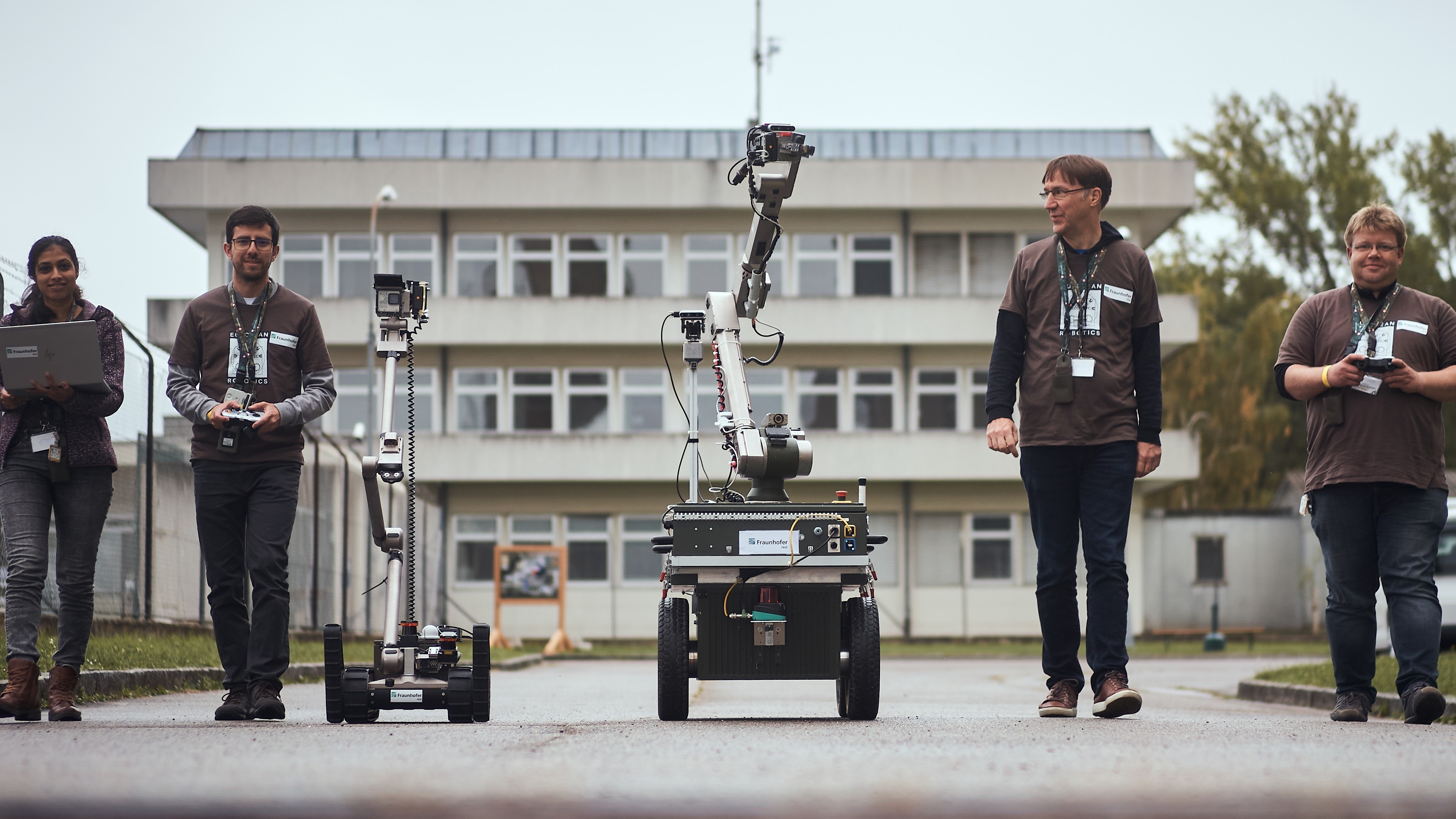
»We consider EnRicH 2019 a highly successful event with performances that were significantly better than those of the first event in 2017,« said Schneider, »but there is still a very long way to go before we have solutions that can offer truly reliable and versatile support in an emergency.«
For instance, most robots are still seriously hampered by movement on uneven surfaces or difficult communication conditions, which are almost assured in the event of a disaster. There is still a lot of work to be done.
How the teams' experiences will translate to new approaches remains to be seen in the third EnRicH event, which will take place from October 4 – 8, 2021 and which the Austrian Army's Armaments and Defence Technology Agency (ARWT) has already expressed its support for. Schneider says, »Of course, we will also set new standards in terms of requirements. We look forward to another exciting hackathon.«
Successful placements for Team FKIE
The Fraunhofer FKIE is not only responsible for planning, organizing and running EnRicH. Another team from the Cognitive Mobile Systems (CMS) department actively takes on the disciplines in its own key research areas every time. So far, it has scored major successes: the independent jury of international experts awarded the FKIE scientists first place in the Search & Rescue category in 2019, and second place in the Exploration category.
Best of EnRicH 2021

Privacy warning
With the click on the play button an external video from www.youtube.com is loaded and started. Your data is possible transferred and stored to third party. Do not start the video if you disagree. Find more about the youtube privacy statement under the following link: https://policies.google.com/privacyTeam FKIE @EnRicH 2021

